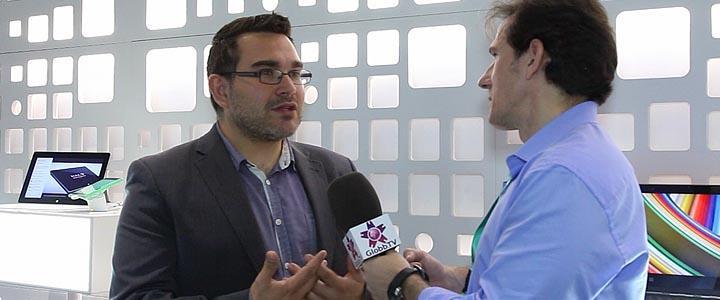Breaking a bone is both painful and debilitating, but more than that, it brings with it a long period of healing and recovery – but fear not. A Spanish firm with a background in “Tele-RHB, E-Health and M-Health that promotes technological innovation in tools and medical procedures” is using 3D printing and science to cut down on the time patient’s spend laid up.
Exovite is currently “developing a system of immobilization and rehabilitation tools that will create a revolution in the field of orthopedics and musculoskeletal treatments.”
At this point, if you break your hand or arm, you’re facing the process of getting a cast you’ll have to wear for 5 weeks and another 5 weeks of rehabilitation. Exovite says that by combining 3D printing, software, and some electrical engineering, they’ve devised a more modern and efficient way to recover from a broken arm, hand, or foot–and that their device can cut the rehab time for a similar injury to just 7 weeks.
CEO Juan Monzón says the work being done in an R&D laboratory located in Zaragoza will lead to the first clinical trials of the system, and he says his company is close to closing a deal with a client that will lead to those trials.
The Immobilization System is created with 3D scanning, which accurately measures and analyzes a patient’s arm. Exovite says a printable “cast” will be applied directly to a person’s arm and adds that the scanning process takes less than 5 minutes. A personalized, custom-made splint is modeled on each patient’s physiology. It’s waterproof, weighs less than 350 grams, is made to reduces skin irritation during the immobilization phase, and features a “grid system” facilitates healing.
The Rehabilitation System attached to the 3D printed cast uses an electrostimulator, which allows the immobilization to be completed and to start rehabilitation and make those two processes overlap.
The electrical muscle stimulation device uses a Bluetooth download system and a rechargeable lithium-ion battery that can operate for two hours at a time, and it can all be controlled by an app the company calls Exopad – an app for iOS and Android. The app can be used to control various aspects of the electrostimulation device and even share and receive medical advice online.
While the Exopad app is geared toward consumers–in this case patients–the company’s Propad software is geared toward professionals. Propad allows physicians to monitor and manage treatment and personalize the process for different patients by controlling the stimulator device, gathering measurements, and analyzing the progress of each patient. The company says doctors can also conduct assessments in conjunction with a patient via a smartphone’s camera.
While Exovite has yet to debut on the market, Monzón says the development process is about 90% complete. The company hopes to launch the system this coming September.

